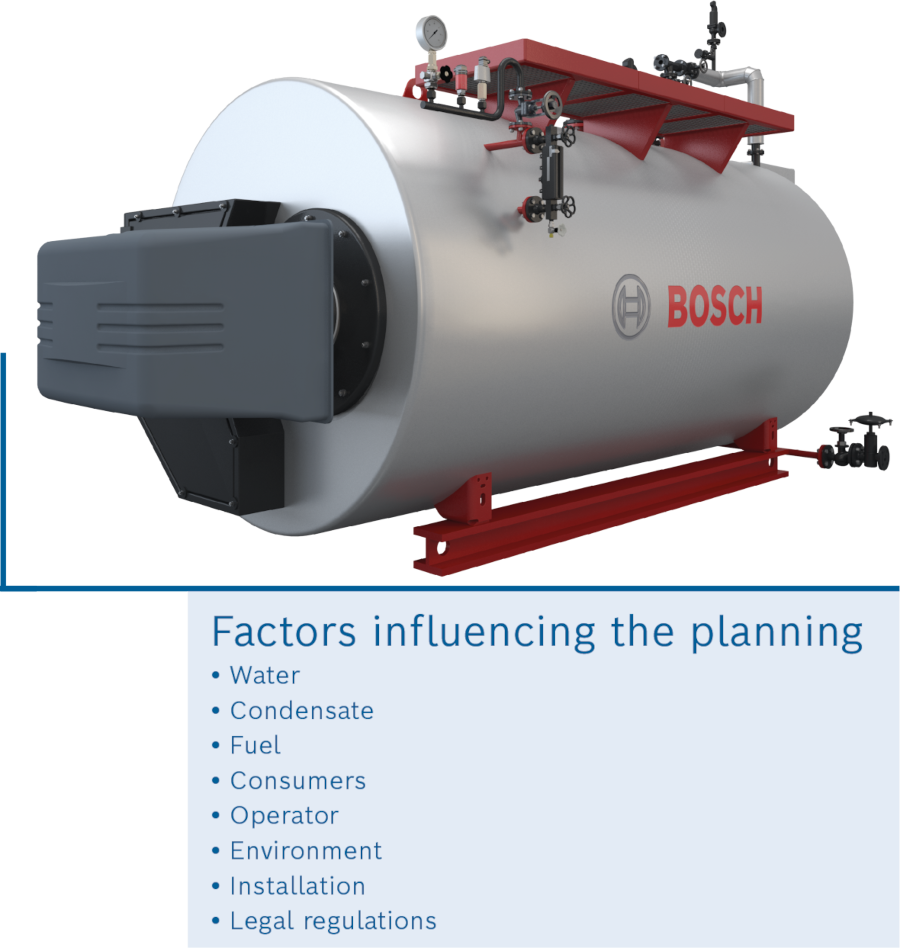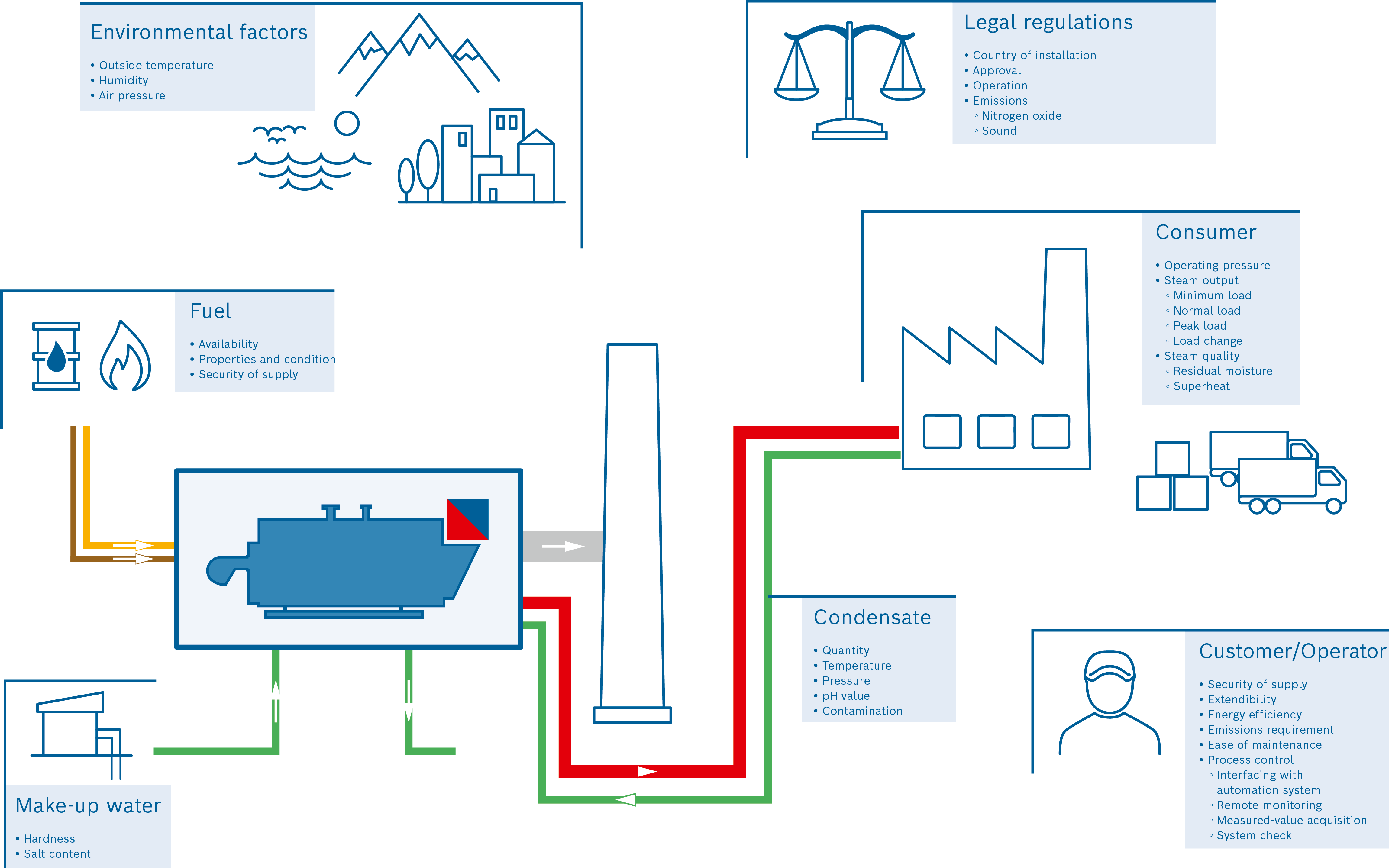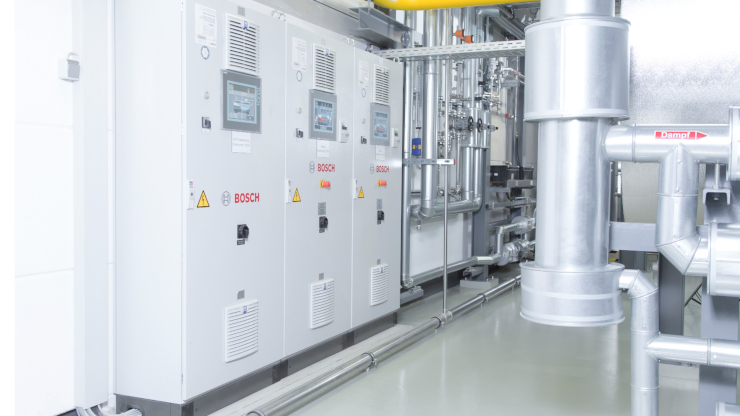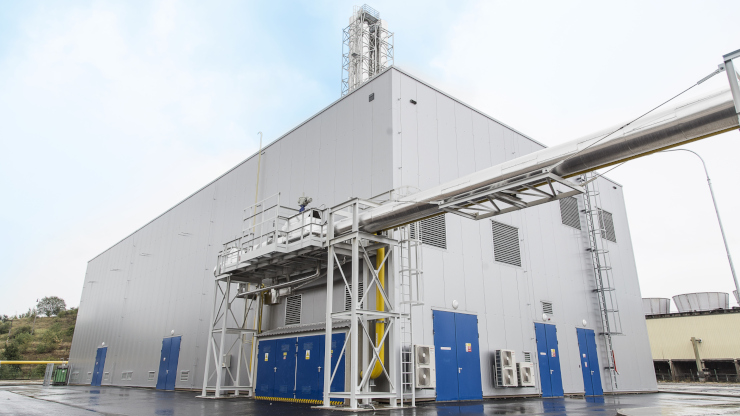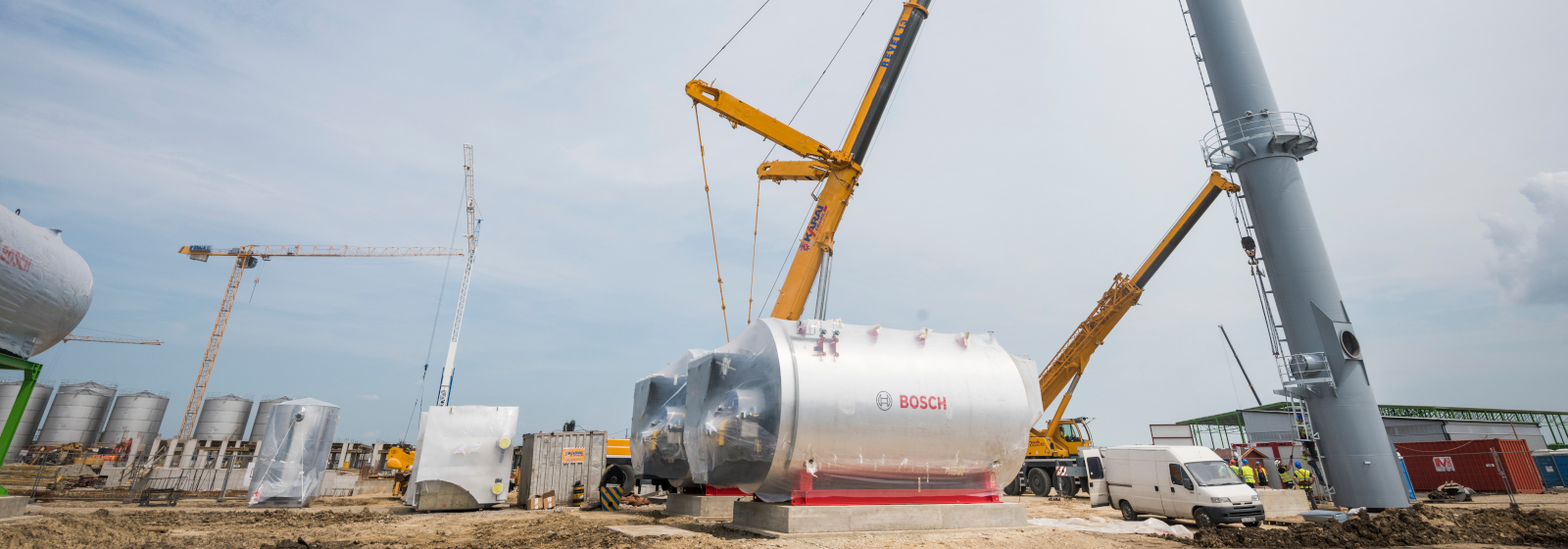
Planning
The most important prerequisite for design and sizing of a steam boiler system is that the maximum and minimum values of all relevant parameters have been recorded, documented and evaluated. In addition to the logging and evaluation of existing system data, forecast planning is equally important. This future-oriented task which should be performed jointly with the operator of the system, the planner, the plant engineer and boiler manufacturer is the foundation for long-term, successful operation of steam boiler systems. The individual boiler house components chosen at this stage should reflect an appropriate balance between the investment costs and subsequent operating costs of a steam boiler system. In this case, it is particularly important to ensure that operational changes in the future can also be covered by the system components of a boiler house available at the time and that new components can be integrated as easily as possible into the existing parts of the system.
This chapter explains the most important general parameters for a steam boiler system in relation to steam pressure, steam output, fuel and legal framework conditions.
In addition to these technical framework conditions, economic and environmentally compatible operation of the boiler system is of course the decisive criterion for selection and installation. The available boiler and system components for improving efficiency are dealt with in the chapter Efficiency.
